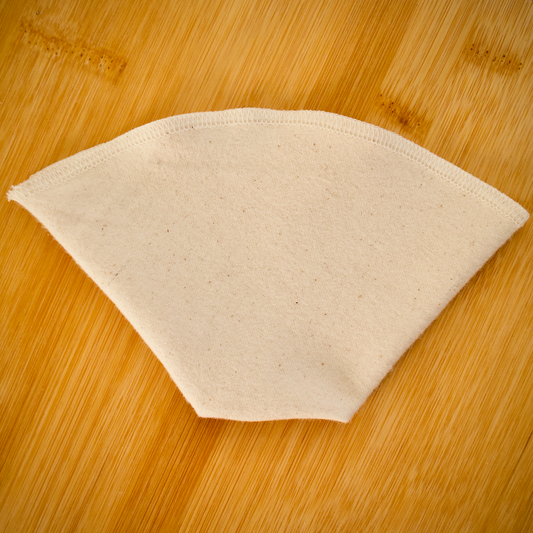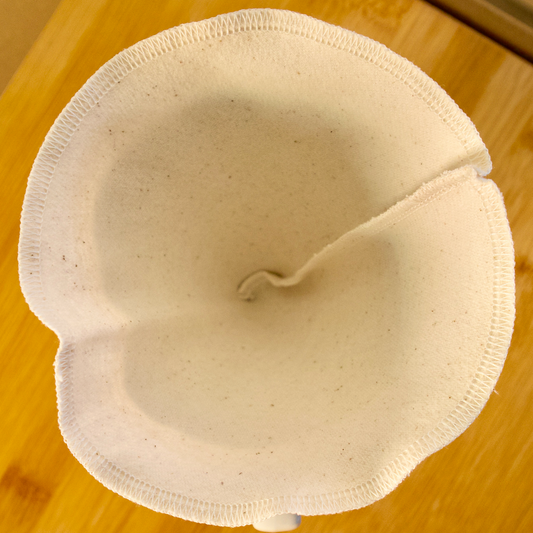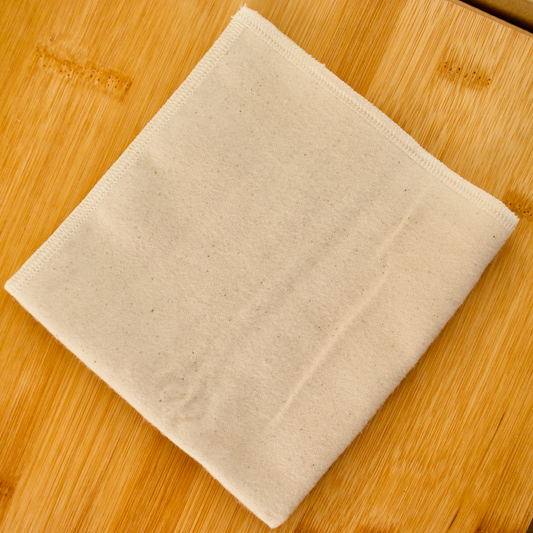
Why Does My Coffee Taste Sour? (And How to Fix It at Home)

“Ugh, why does this taste like lemon water with regret?”
We’ve all been there. You brew a fresh cup, take that first sip — and bam, it's all sharp edges and no depth. Sour coffee is like a rude awakening when all you wanted was something smooth and comforting.
But here’s the thing: it’s not your beans. And it’s definitely not you. It’s probably just a small tweak away from being a great cup.
Let’s break down what’s really going on — and how to fix it.
The Sour Truth
First things first: not all acidity is bad.
Good acidity in coffee can taste like bright citrus or juicy berries. But sour coffee? That’s different. It’s sharp, thin, and unbalanced — kind of like biting into an unripe kiwi.
This usually means the coffee is under-extracted — the water didn’t spend enough time pulling out all the good stuff from your grounds. So instead of a full, rounded flavor, you’re stuck with that raw tang.
Pro tip: Sour ≠ vibrant acidity. Sour = not brewed long or hot enough.

Why It Happens
Here are the usual suspects behind that sour cup:
- Under-extraction – water didn’t pull enough from the grounds
- Grind too coarse – especially for pour-over or Aeropress
- Water temp too low – didn’t brew long or hot enough
- Too fast a pour – didn't give the grounds enough time to brew
- Light roast + fast brew – common mistake
Quick tip: Sour = under. Bitter = over.
Simple Fixes That Actually Work
Alright, here’s the part you came for — let’s fix that sour mess.
Try these adjustments:
- Use a finer grind
- Extend your brew time (bloom + total time)
- Heat things up: Use water between 195–205°F
- Switch up your roast: Try a medium roast for easier balance
- Check your filter: Paper filters might flow too fast. A reusable cloth filter slows things slightly and improves clarity
Bonus: Cloth filters aren’t just better for taste — they’re better for the planet too.
How to Dial in a Smooth Cup
The best brewers aren’t born. They just mess up less each time.
Here’s how to dial in your ideal cup without losing your mind:
- Only change one thing at a time — grind size, brew time, water temp
- Keep tasting and tweaking — the feedback is in the cup
- Take notes if you’re feeling nerdy. A quick brew journal can fast-track your learning curve
FAQ: What Else Can Make Coffee Taste Sour?
- Is it the beans? Sometimes. Light roasts and fruity origins lean bright — but it shouldn't taste like vinegar.
- Can grind size really change taste? Absolutely. A finer grind gives water more time to pull out those sweet, balanced flavors.
- Does a reusable filter affect taste? Yes — in a good way. Cloth filters slow extraction slightly, giving you more control and clarity.
Final Sip
Making great coffee at home doesn’t mean being a perfectionist. It means noticing what’s off — and knowing how to adjust.
If your coffee’s coming out sour, don’t toss the beans or blame your gear. Just tweak the process. A finer grind here, a longer pour there, and suddenly, you’ve got balance.
Want better balance with less waste? Reusable filters give you more control and a cleaner cup — without tossing a paper filter every morning.



